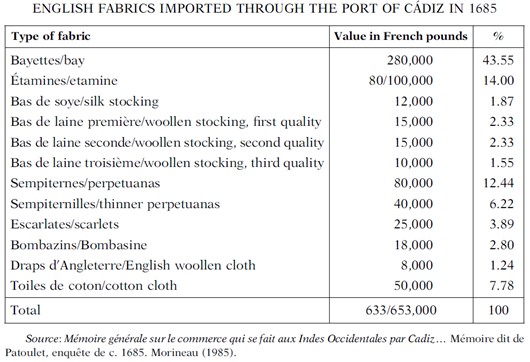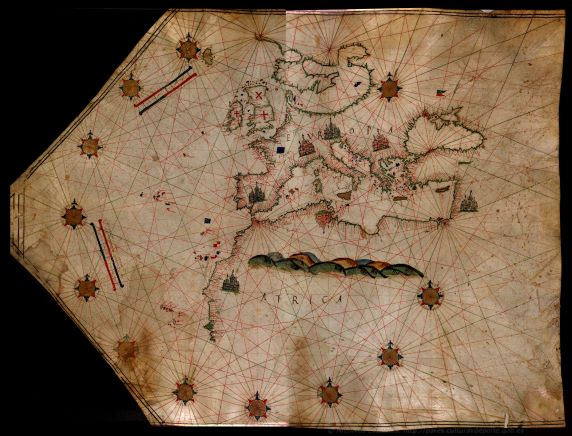The Vélez de Gomera rock was one of Spain’s coastal defence enclaves during the modern era. The policy of North African conquest promoted by the Catholic Monarchs was redirected by Ferdinand the Catholic, who sought to create defence rings to protect his peninsular and Italian possessions. To this end, coastal towns with ports were subdued in order to put an end to the North African corsairs. The arrival of Barbarossa and the Ottomans in North Africa meant the emergence of Algeria as a potential maritime enemy. In 1554, the Algerian beylerbey Salah Raiss restored the Sultan of Fez, who in return had to cede the Rock to the Algerians. From then on, an arraez named Yahia Raiss was stationed there and harassed the coasts of the mainland until, for unknown reasons, he abandoned the place. The Sa’adi sultans’ fear of the nearby Algerian/Ottoman presence was decisive in Muhammad Asheikh, Sultan of Marrakesh, handing over the Rock to the Spanish in exchange for protection. This handover took effect ten years later, and it has remained under Spanish sovereignty until now. Since then, it has been used as a defensive enclave against Berber raids.
Collection: Images
Project: 0. What is Europe? The European Spaces in the history of Europe., 3. Rural world and urban world in the formation of the European identity.
Chronology: XVIII
Scope: Secondary Education, Baccalaureate, University
Link: https://rua.ua.es/dspace/bitstream/10045/28460/1/RHM_28.pdf
Resource type: Image
Format: Map
Source: AGS. Mapas, Dibujos y Planos. 08-229. Plano de El Peñón. 1790.
Language: Spanish
Date: 1783
Owner: Djebril Bouzidi (Modernalia)
Identifier: AGS. Mapas, Dibujos y Planos. 08-229. Plano de El Peñón. 1790.
Abstract: Cartography of the Peñón de Vélez de la Gomera in 1790
Tags







